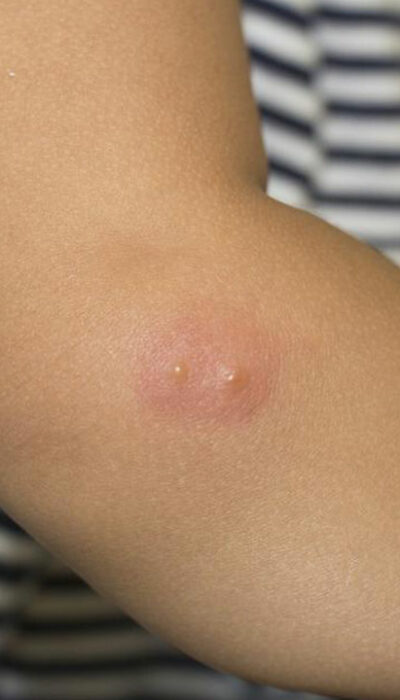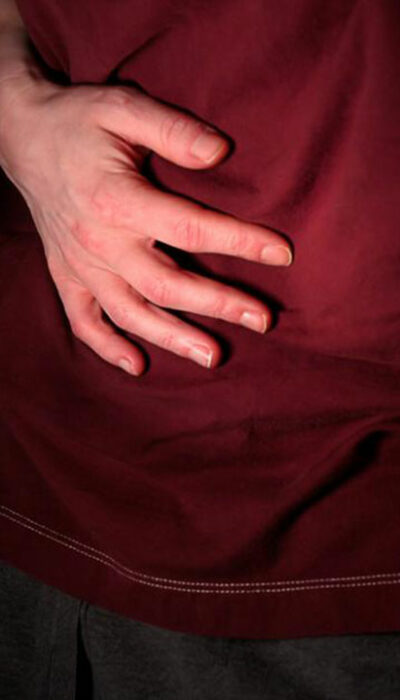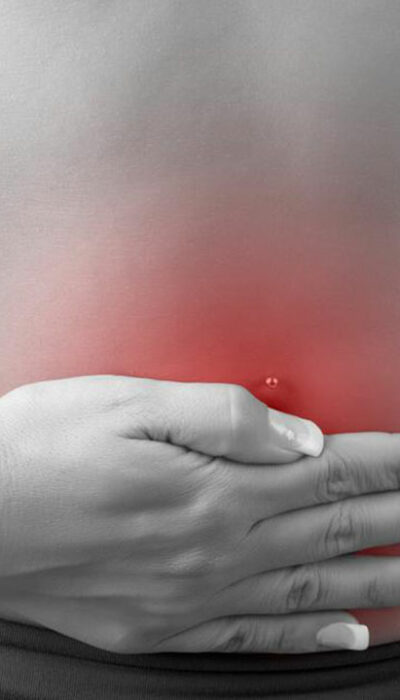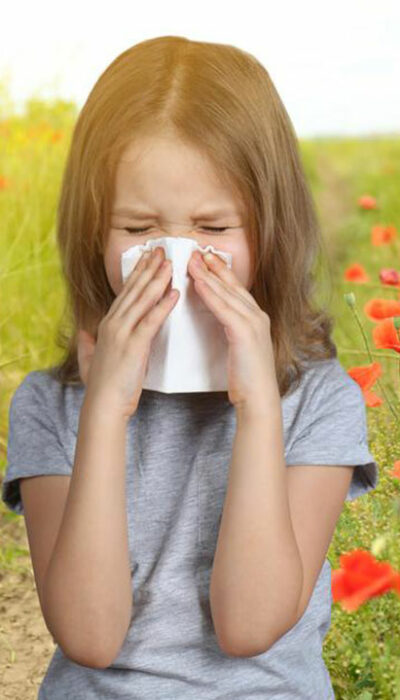
5 common mistakes that rookie truck drivers should avoid
Beginning a new career, especially one that involves driving across the country, can be exciting. Truck drivers transport everyday essentials, whether it’s phones, clothes, or construction materials, making their job crucial for the functioning of businesses and households. However, many rookie drivers can make mistakes in their first few days on the job. Some such mistakes can cause significant damage to life and property. So, here are common lapses that rookie truck drivers should avoid: A common issue most truck drivers face is fatigue. High levels of fatigue are common considering the long work hours on the road. However, there are unions and organizations that ensure these drivers are not exploited to avoid vehicle crashes when drivers fall asleep at the wheel. Going too fast Truck driving regulations in the country allow up to 20,000 pounds per single axle and up to 34,000 pounds per tandem axle, meaning the load can exert a lot of pressure on the wheels. Driving too fast may result in a loss of control and subsequent overturning of the vehicle or an accident. This is why it is best to practice caution while driving the truck, and remember that an accident can slow you down way more than driving at reduced speeds. Rookie drivers should be even more careful when going downhill, as downshifting and slowing down may become tougher in that stretch of road. Ignoring road signs One of the most common rookie truck driver mistakes is not paying attention to road signs. While navigation systems can be helpful, they may not be 100% accurate all the time. Look out for signs indicating speed limits, clearance markers, and one-way streets, among others, to ensure a smooth driving experience. Overlooking the trailer length While it may seem impossible to forget about the long trailer attached to the truck, it can be a common hurdle for rookies.










